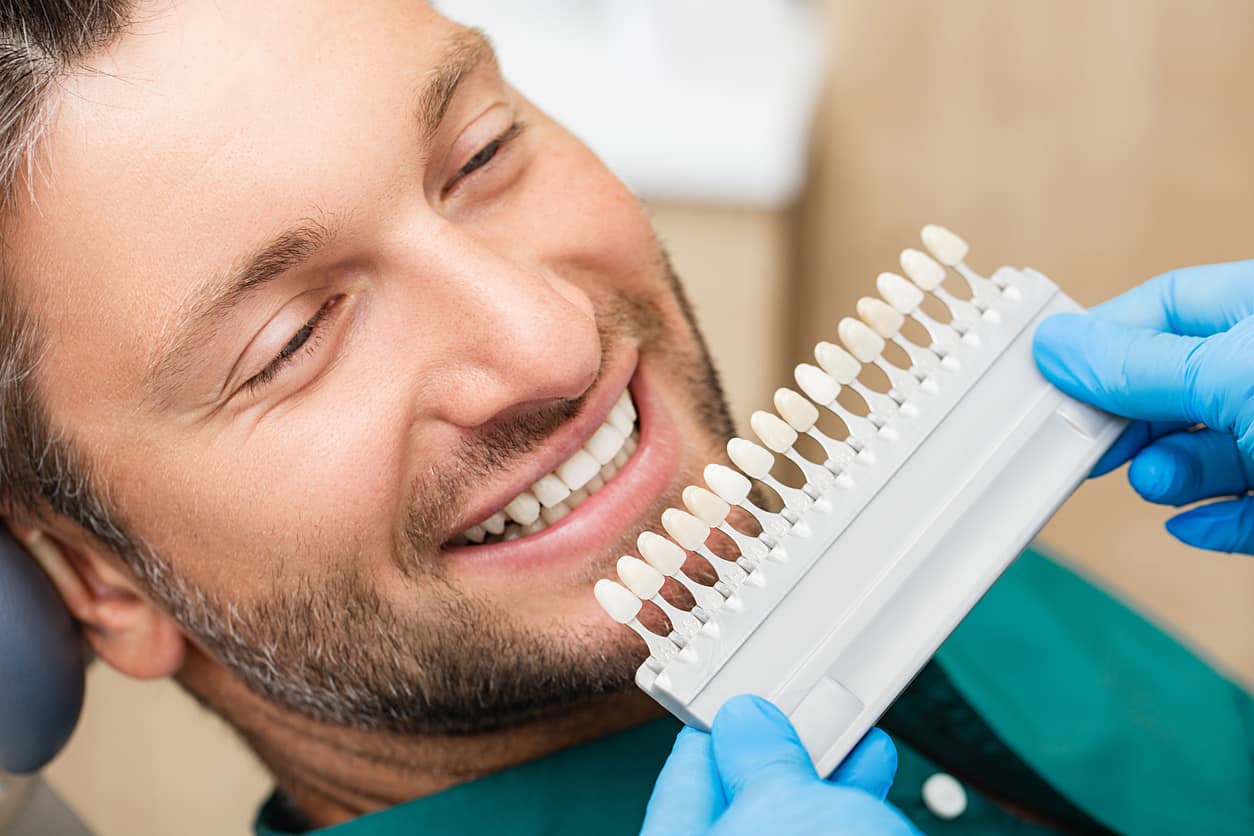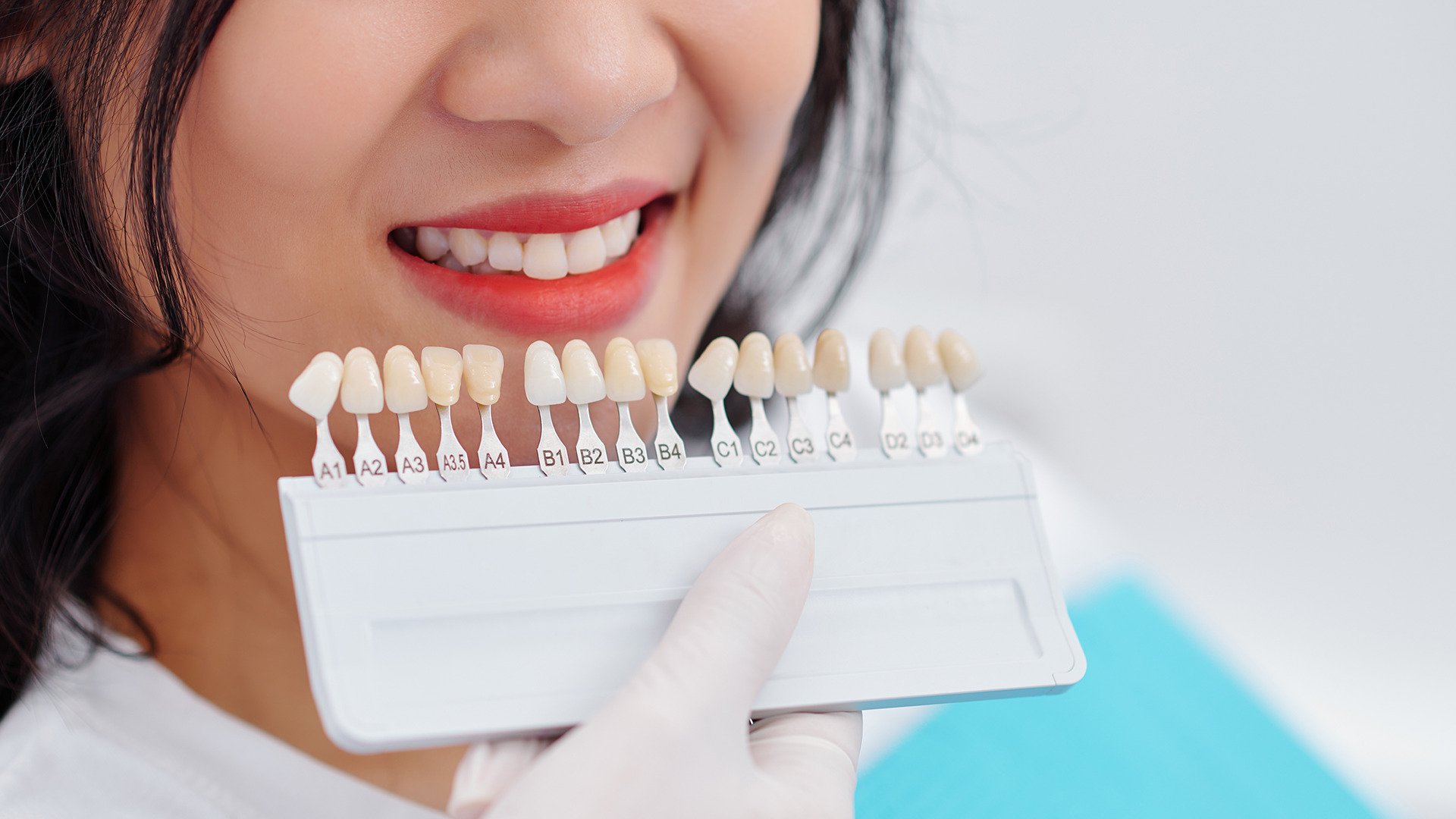Why Regular Dental Checkups are Critical to Maintaining Good Oral Health

Oral health is described as a ‘state of the mouth… that enables individuals to perform essential functions such as eating, breathing, and speaking, and encompasses psychological dimensions such as self-confidence’ by the World Health Organization (WHO). Understanding this definition is important when trying to maintain your oral health. The definition is holistic and captures all aspects of oral health from functional to aesthetic. However, what makes oral health so important in the first place and why is dental care needed to maintain it?
The Importance of Oral Health
Once again, according to data from WHO, it is estimated that around 2 billion people suffer from tooth decay (rotten teeth). Along with this, gum disease (periodontitis) affects about 1 billion people. It is clear that compromised oral health is a key issue in the global world. With many of the oral diseases (such as tooth decay and periodontitis)being classified as ‘lifestyle diseases’, they tend to be caused by many factors.
In the modern age, with such easy access to high sugar foods, dental decay is easier to develop than ever. People are also busier, finding it difficult to take time for oral hygiene. Put together decay causing plaque can accumulate on teeth for months. In some cases, the progression of decay can be silent, with no symptoms. This allows the bacteria and plaque to rot teeth without there being any indications, eventually resulting in decay so bad that it leads to an infection.
Gum disease is often very similar. Without good oral hygiene, plaque that builds up underneath the gum line can cause gum inflammation. Slowly this plaque will harden, making it impossible to remove with brushing. With constant contact to this plaque the gums will become so inflamed that it will slowly start to remove the bone support which holds the teeth together. Little by little, the tooth will become loose, then eventually with no socket to hold them in, they fall out.
The Role of Regular Dental Checkups
Regular dental checkups help prevent tooth decay, gum disease and in some cases even oral cancer from progressing to a detrimental state. The idea is that, by seeing your dentist regularly, you are able to stop the progression of oral disease before it becomes detrimental. This takes place in the form of ‘preventative treatment’, treatments that are minimally invasive and designed to reduce risk of disease progression.
Along with preventative care, the dentist will make sure to give you tips and effectiveness of your current oral hygiene routine and diet. This tailored advice will help you make the improvements needed to take your oral health to the next level, allowing you to enjoy your smile and teeth for much longer.
Understanding the Benefits of Regular Dental Checkups
The main benefit to regular dental checkups are that they save you time and money in the long term. For example, early decay if spotted can be treated with simple fluoride application or a small filling. However, if the decay is allowed to progress the only treatment options that remain are extraction of the tooth or root canal. Both of these procedures are expensive and require multiple visits.
Another key benefit to regular dental checkups, is that treatment options remain open to you. By preventing oral disease, many cosmetic and aesthetic treatments are available to explore. A patient who has all their teeth and no decay can undergo a smile makeover, with the use of aesthetic procedures such as composite veneers or braces. This is not possible for patients who avoid the dentist and have uncontrolled oral disease.
Education and information is another great benefit of dental checkups. Dentists are also great educators and they will be able to give you the latest information on treatment options and procedures to bring your smile back.
What Happens During a Dental Checkup?
A dental checkup will primarily follow 4 stages:
- History and questioning – The dentist will ask you some questions regarding your medical, dental and social history. They will ask you what your current concerns are and follow-up questions regarding your chief complaint.
- Exam – The dentist will perform a thorough examination of your mouth to check for tooth decay, gum disease, oral cancers and other oral diseases. This stage may include taking x-rays and other diagnostic tests.
- Preventative treatment – Within the time of the appointment the dentist will conduct some preventative treatment such as a scale and clean (for healthy gums), teeth polish and fluoride application.
- Review – At the end of the appointment the dentist will inform you of their findings and recommendations for a treatment plan.
The Importance of Building a Relationship with Your Dentist
Having an open and honest relationship with any of your healthcare providers is very important, especially your dentist. Answer any questions asked by your dentist truthfully, and respect the time that the dentist is giving to you, so that you can maintain your teeth. Mutual respect will allow you to build a mutualistic relationship with your dentist. Make sure to follow their advice to the best of your ability and be truthful when you have not been following the treatment plan. With this trust that you have built with your dentist, they will allow you to pursue treatment options which may not be open for everyone. This could include procedures ranging from professional teeth whitening to custom implants made by 3d printers. Your dentist will not let you undergo such procedures if they do not trust that you will be able to maintain them.
The Crucial Role of Regular Dental Checkups in Maintaining Oral Health
As you have seen, routine dental checkups play a crucial role in oral health. The checkups allow you to prevent disease before they progress. This allows the dentist to practise preventative treatments, which saves you time and money in the future. Seeing your dentist regularly, allows them to give you tips in your oral hygiene. Helping you improve your routine. Regular checkups also allow you to maintain a good relationship with your dentist, giving you access to many treatment options that would not normally be available. Regardless of the state of your mouth, routine dental checkups will surely help you improve and maintain your oral health.





